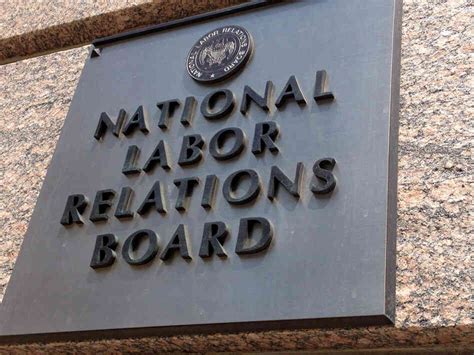July 24, 2013
By Joe Maniscalco
Melville, NY – Dick O’Kane, president of the Building and Construction Trades Council of Nassau and Suffolk says he’s “tired of supporting people from Florida, the Carolinas and Georgia,” and wants New York officials to stop doling out tax-payer assistance to developers who don’t think twice about hiring out-of-state workers at cut-rate wages. (Watch Video)
“They’re coming in here and undermining our standard of living and quality of life,” O’Kane said at the 19th Annual Long Island Labor Federation Convention on Monday. “In a lot of cases, they are also violating our safety standards. It goes on and on. That’s got to stop.”
O’Kane, who also serves as business manager for Ironworkers Local 361, points to a 370,000 square-foot construction project now underway in Bayshore where “nothing but Florida license plates” fill the onsite parking facilities as being emblematic of the daunting challenges now facing skilled Long Island workers.
“New York spends $7 billion a year through various agencies supporting business – but they support everybody but their own,” O’Kane said.
The problem of out-of-state workers usurping out-of-work Long Island men and women was on the minds of many at this year’s convention held at the Hilton Long Island, 598 Broad Hollow Road.
“You’ve got guys coming up from North Carolina, Maryland, Florida,” said Mike Anderson, a delegate for Metallic Ironworkers 46. “They’re making that money and they’re sending it right back home. They are not reinvesting in the community. How does that help Long Island? It doesn’t.”
“Gerald Feeley, a delegate with Insulators Local 12, said that the problem of out-of-state workers undercutting Long Island residents is pervasive across many different trades. But that the overall result is the same: The steady erosion of the middle class.
“Everybody’s getting squeezed,” Feeley said. “But we know from the past, that when the middle class is strong,everybody does good. When we set the bar for a fair wage for a fair day’s work, everybody seems to be able to pay their bills and put their kids through college, have life insurance and health insurance – all the things you need to prosper in this country.”
As it is, many on Long Island are contemplating moving out of the communities they know and love.
“You always hear people talking about how they have to leave,” Feeley said. “Even the retirees can’t stay here because everything is so hard.”
Unlike many out-of-state workers who critics charge view local work as “fly-by-night jobs,” union members argue that organized labor cultivates workers who, after coming up through rigorous apprenticeship programs, become deeply invested in Long Island communities.
“What we offer in the building trades are careers,” Feeley said. “These kids will live 30, 40 years doing this trade. They’ll put back into the economy.”
O’Kane wants to make required apprenticeships part of his push for reforming the Industrial Development Agency, and says that he was heartened by Lieutenant Governor Robert Duffy’s supportive remarks at this year’s convention.
One reason for the apprenticeship requirement is economic. The other, however, is safety.
“Eighty-four percent of workers hurt or killed on the job are non-union trained,” O’Kane said. “That has to change too, and is a disgrace.”
Despite the incursion from out-of-state workers whom some say even made it difficult for displaced Long Island residents to find shelter at area hotels following Hurricane Sandy, members of organized labor are hopeful about ultimately winning reforms.
According to O’Kane, a recent 28 percent tax hike, has also pushed many Long Island homeowners to demand greater returns on tax dollars meted out to developers.
“They don’t employ anybody from here and that’s not right,” said O’Kane.
While 2008’s disastrous economic implosion hit the building trades hard, some are heartened by the construction now going on at Eisenhower Park, Suffolk Community College, Stony Brook and other places around Long Island. The challenge for organized labor however, is how to ensure that those good jobs are not saddled with low-wages and non-existent benefits.
“If everybody is working for minimum wage, how do you have a middle class?” Anderson said. “Even if you pay a guy $20 an hour, if he’s not getting benefits that doesn’t help. How do you get your child a dental plan? Medical coverage? When they do go to the doctor, everything they’re making for the week is probably gone – and then some.”



